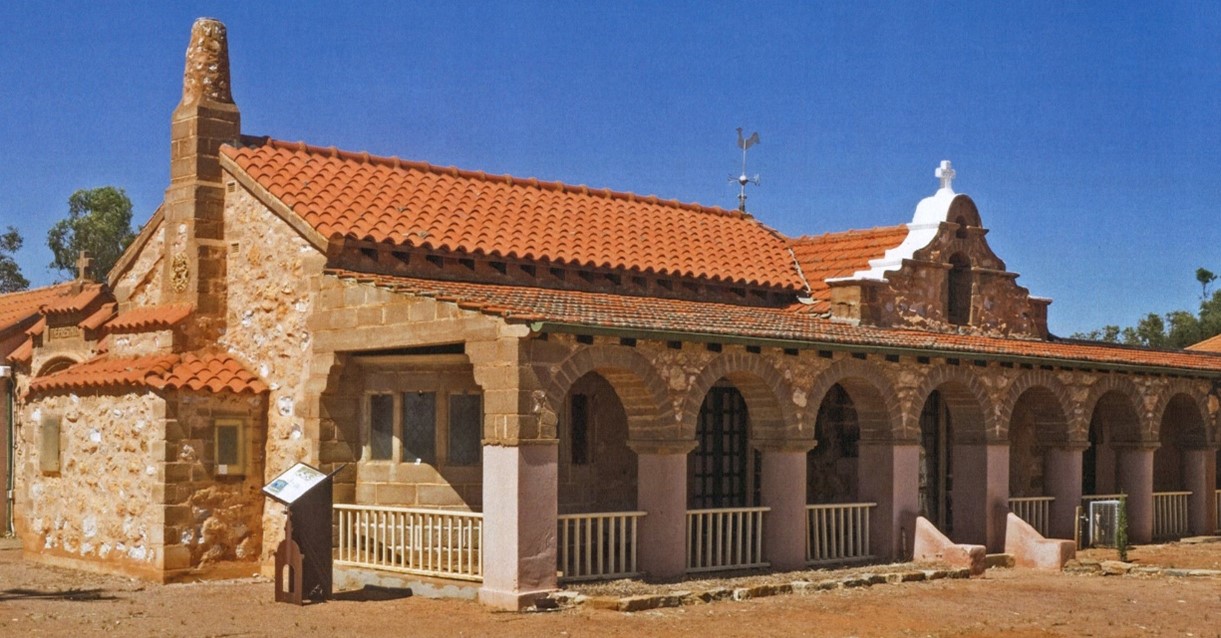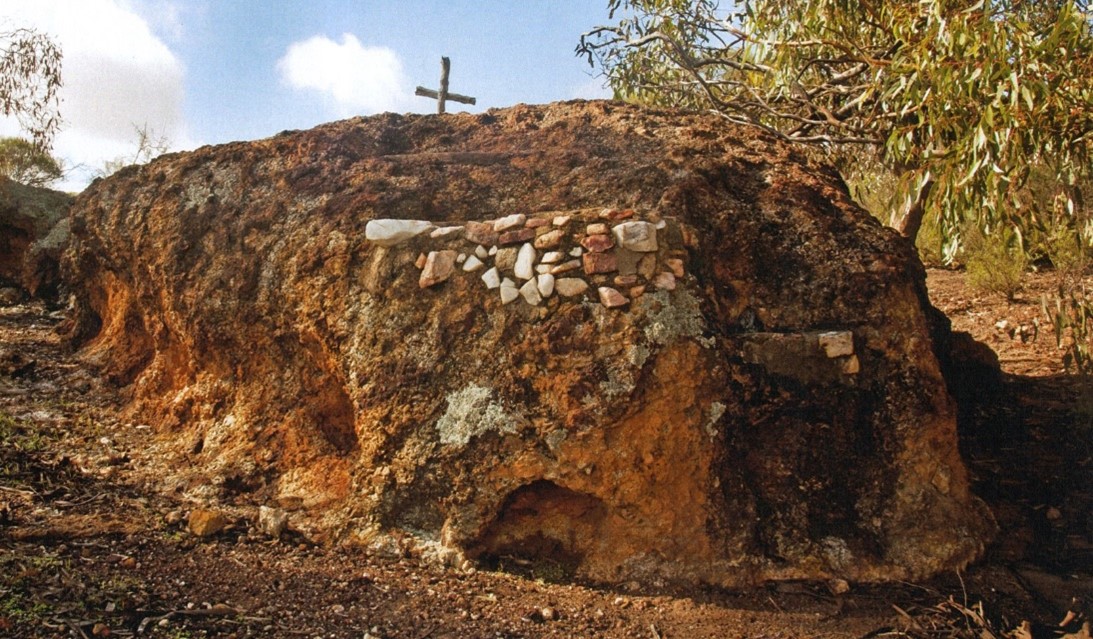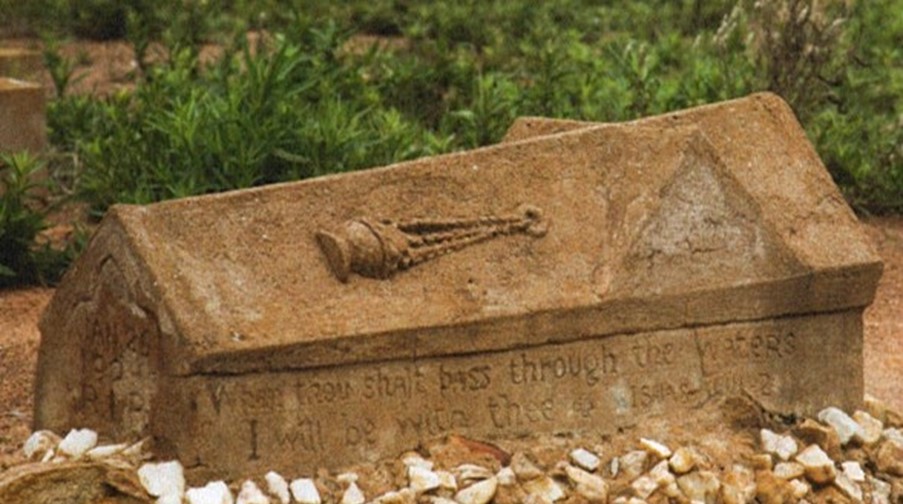by Steve Marshall
published by Marshall Arts, 2019.
Vicars today don’t know they’re born! When a vicar comes to a new parish they expect to find a church building for worship and a vicarage to live in.
Compare that to the Revd John Cyril Hawes in the 1930s who had to physically build his own church and vicarage.
Hawes was born in 1876 and originally trained as an architect in London:
“he was profoundly moved one day after hearing a particularly stirring sermon. The words that galvanised him were taken from Genesis 12:
“And the Lord said unto Abraham, get thee out of thy country, and from thy kindred, and out of thy father’s house, unto a land that I will show thee”.
Hawes took this as a clear an unambiguous call from God directly to him, and decided there and then that he must abandon architecture and offer himself to the church to work as a missionary in some far country. (Pages iv – v).
He was ordained a Roman Catholic priest in 1915. In that same year:
“Bishop William Kelly, Bishop of the remote diocese of Geraldton in Western Australia […] was desperate for priests to minister to his small but widely-scattered flock […] an area of tens of thousands of square miles […] if he would come to Western Australia to work with him as a priest, the bishop would commission him to design a cathedral for the fast-growing town of Geraldton.” (Page vi).
Hawes then spent the next twenty-four years in Western Australia. He designed the Cathedral and more than twenty other churches, convents and schools. Many of the churches he largely built himself.
This book by Steve Marshall has photographs and a brief description of each of Hawes’ buildings, which show a huge variety of building styles.
The Church of Our Lady of Mt Carmel and St Peter and St Paul in Mullewa

Hawes built the church:
“often working on the church alone by lamplight until late at night after having already done a full day’s work at his normal priestly duties. […] Hawes was not only the architect but also the builder, the principal builder’s labourer, the buyer of materials and fitting, and even co-ordinator of fundraising to pay for the project.” (Page 58).
The Priest House, Mullewa
“Hawes added this residence to the Mullewa church for his own accommodation, and for those who would come after him.” (Page 62).

Mass Rock, Mullewa
“the few aboriginal Christians in the diocese often felt uncomfortable in the formal indoor surroundings of the churches.
Hawes believed it was his duty to provide pastoral care to all who wanted it, so he fashioned a shelf to serve as an altar in this boulder a few hundred metres out of the town, and would say mass in the open air for his tiny aboriginal congregation.” (Page 66).

Pioneer Cemetery Gravestones, Mullewa
Hawes built this gravestone for:
“Selby John Arnold, a boy who had served as Hawes’ altar boy, and who died in 1924 at the age of only twelve years by accidental drowning in a dam. Hawes was one of the strongest swimmers in the town, and the sad duty of recovering the boy’s body had fallen to him.” (Page 68)

Steve Marshall has done an excellent job in bringing the huge variety of the churches of this remarkable priest architect to a wider audience. The book is largely full size A4 photographs and is an accessible read, that makes me want to pop over to Australia and take a look at some of the churches for myself.
Adrian Vincent
March 2021.